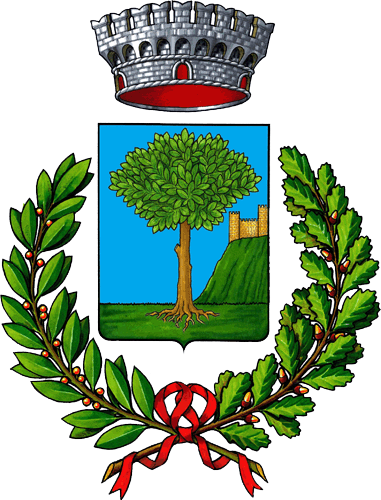 Di origine probabilmente bizantina, e già plebana nel 1083, fu riconsacrata nel 1145, epoca in cui venne quasi completamente ricostruita. L’edificio, di cui rimane la descrizione, era a tre navate, delimitato da absidi semicircolari, separate da due colonnati; fu abbandonato intorno alla metà del XVIII secolo, trasferendo le funzioni religiose nella sottostante chiesa di Santa Caterina. Dell’antica Pieve rimane soltanto il nartece o avancorpo, ridotto a cappella negli anni ’30, ed un breve tratto del muro perimetrale, rivolto a sud. Il nartece conserva l’originale portale quadrangolare affiancato da semicolonne capitellate in arenaria, sormontate da una lunetta perimetrata da una fascia decorata ad intreccio. La muratura del manufatto è in conci di pietra orsata disposta in corsi paralleli, con interclusi in cotto; nel retro dell’oratorio è visibile il piede dell’abside principale. Frontalmente all’antico portale plebano si innalza un altro fabbricato a pianta quadrata, tipologicamente attribuibile al XVI-XVII secolo, originariamente adibito a canonica, al cui interno, a livello del piano terreno, sono conservati pregevoli elementi scultorei, probabilmente appartenenti alla chiesa preromanica. I manufatti, gravemente danneggiati da azioni vandaliche, consistevano in colonnine monolitiche con capitelli antropomorfi scolpiti.
Di origine probabilmente bizantina, e già plebana nel 1083, fu riconsacrata nel 1145, epoca in cui venne quasi completamente ricostruita. L’edificio, di cui rimane la descrizione, era a tre navate, delimitato da absidi semicircolari, separate da due colonnati; fu abbandonato intorno alla metà del XVIII secolo, trasferendo le funzioni religiose nella sottostante chiesa di Santa Caterina. Dell’antica Pieve rimane soltanto il nartece o avancorpo, ridotto a cappella negli anni ’30, ed un breve tratto del muro perimetrale, rivolto a sud. Il nartece conserva l’originale portale quadrangolare affiancato da semicolonne capitellate in arenaria, sormontate da una lunetta perimetrata da una fascia decorata ad intreccio. La muratura del manufatto è in conci di pietra orsata disposta in corsi paralleli, con interclusi in cotto; nel retro dell’oratorio è visibile il piede dell’abside principale. Frontalmente all’antico portale plebano si innalza un altro fabbricato a pianta quadrata, tipologicamente attribuibile al XVI-XVII secolo, originariamente adibito a canonica, al cui interno, a livello del piano terreno, sono conservati pregevoli elementi scultorei, probabilmente appartenenti alla chiesa preromanica. I manufatti, gravemente danneggiati da azioni vandaliche, consistevano in colonnine monolitiche con capitelli antropomorfi scolpiti.
On the lowest floor of the building it’s possible to see interesting columns and carved anthropomorphous capitals that probably used to be part of the pre romanic church.
